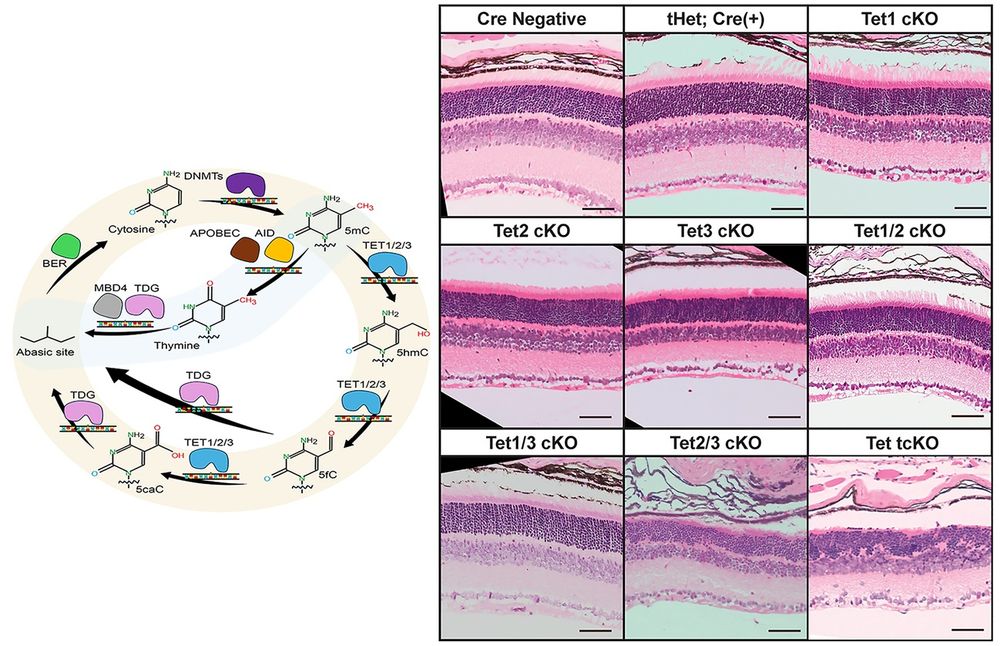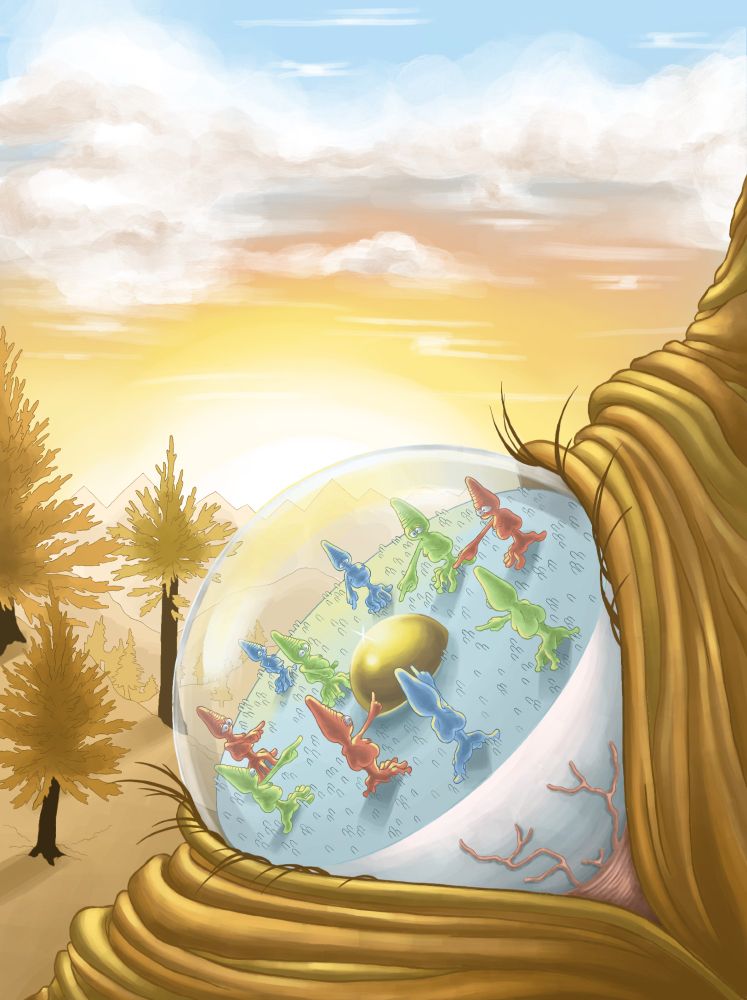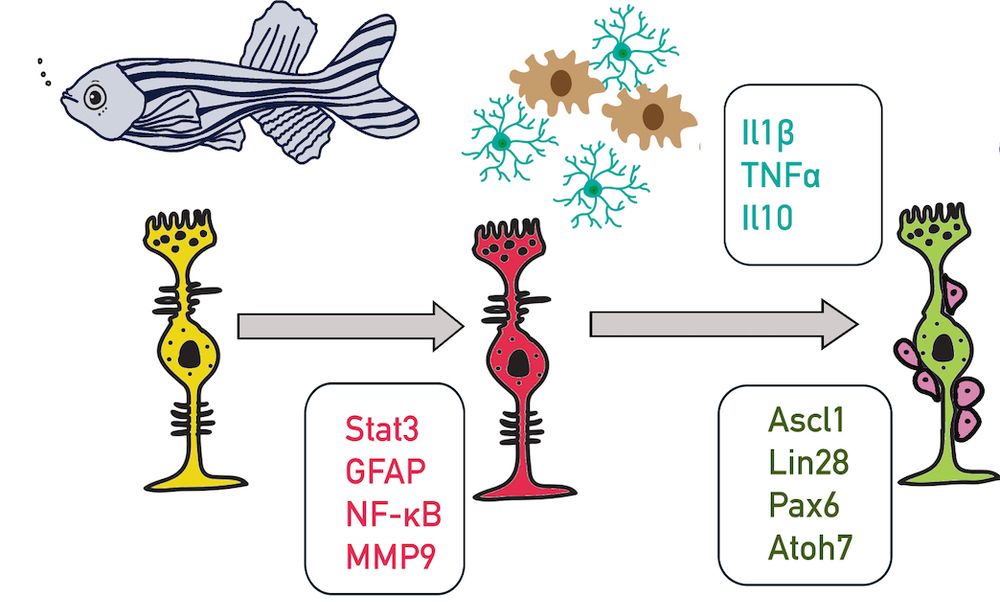Toddlab.org

And they let us put Muller glia, the indisputably most interesting cell in the body on the cover.
www.jneurosci.org/content/44/4...

www.biorxiv.org/cgi/content/...
Human retinas/organoids go through 2 apoptotic waves. Organoids also have a necrotic wave. Blocking apoptosis promotes RGC survival to day 200 (usually die!). Apoptosis promotes normal neurogenesis/maturation.



www.biorxiv.org/content/10.1...

www.biorxiv.org/content/10.1...
www.biorxiv.org/content/10.1...

www.biorxiv.org/content/10.1...
Buddy, I can see mountains reflected in the eyes of a trailside pika.




Buddy, I can see mountains reflected in the eyes of a trailside pika.


journals.biologists.com/dev/article-...

journals.biologists.com/dev/article-...
elifesciences.org/reviewed-pre...
elifesciences.org/reviewed-pre...




elifesciences.org/reviewed-pre...
elifesciences.org/reviewed-pre...
www.biorxiv.org/content/10.1...
www.biorxiv.org/content/10.1...
elifesciences.org/reviewed-pre...
elifesciences.org/reviewed-pre...
Her studies reveal how developmental timing in the retina is controlled like an hourglass. The progenitor:neuron ratio shifts to control signaling levels and trigger photoreceptor development over time. Check it out!!
Her studies reveal how developmental timing in the retina is controlled like an hourglass. The progenitor:neuron ratio shifts to control signaling levels and trigger photoreceptor development over time. Check it out!!


